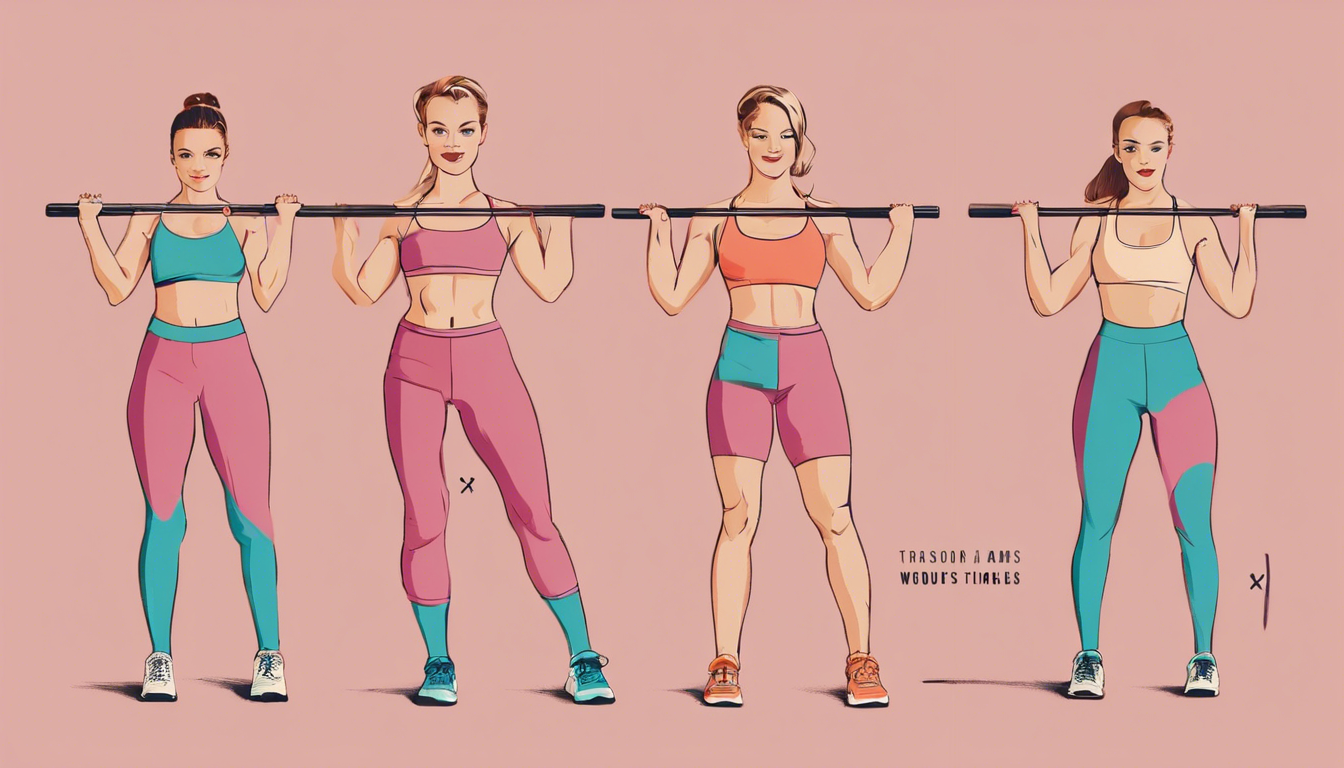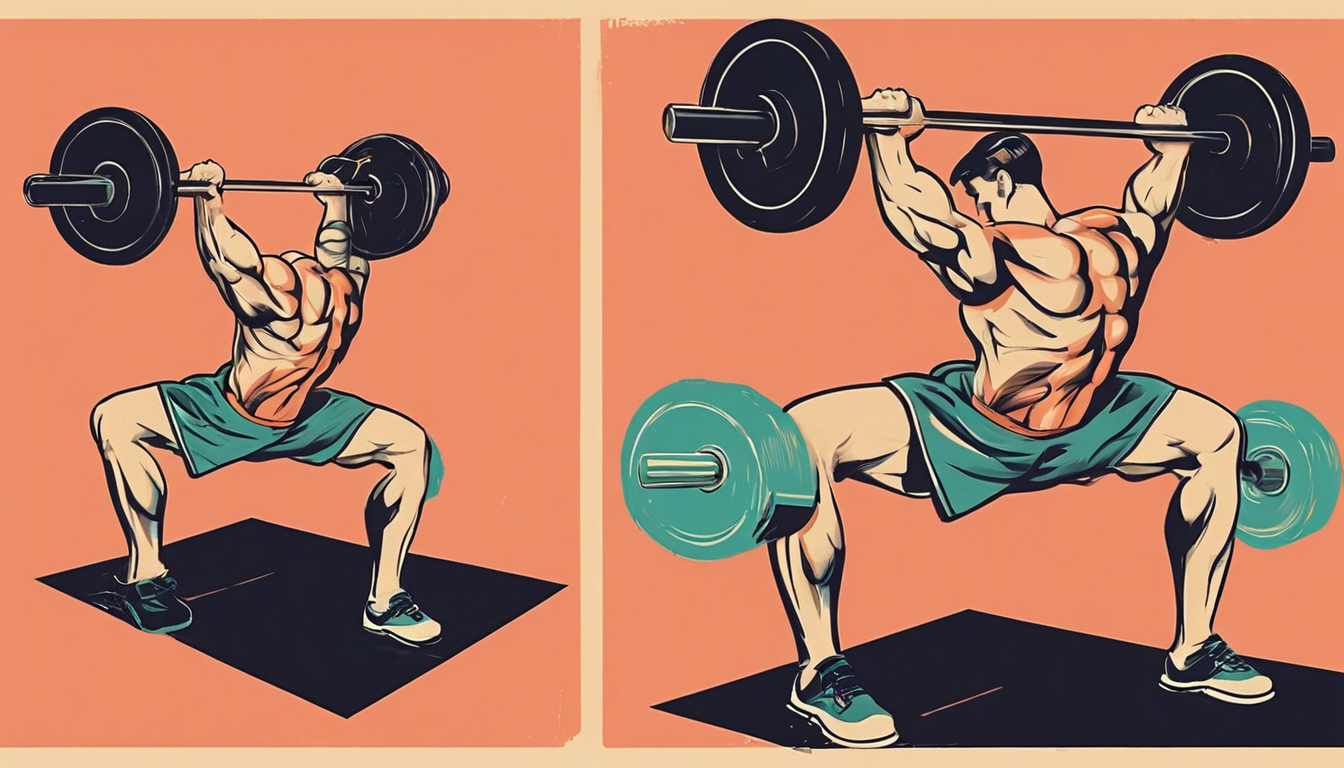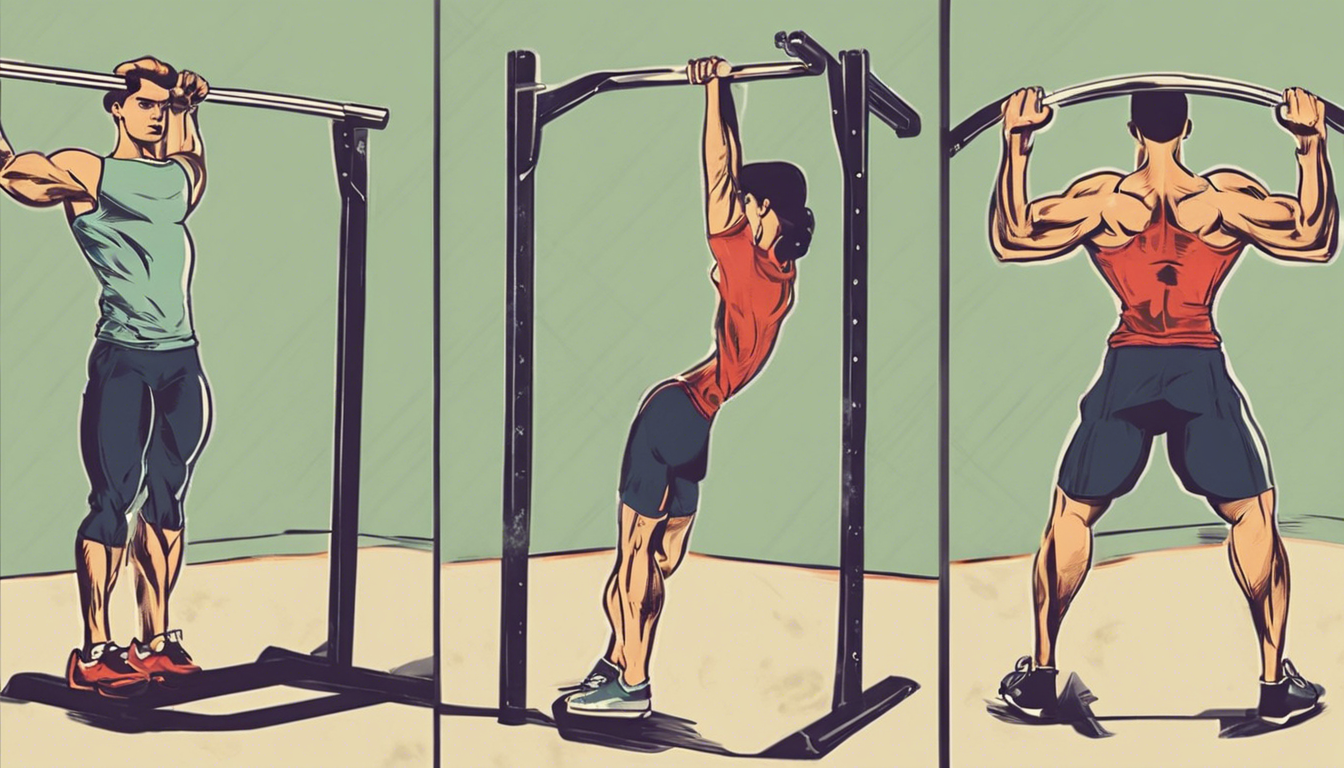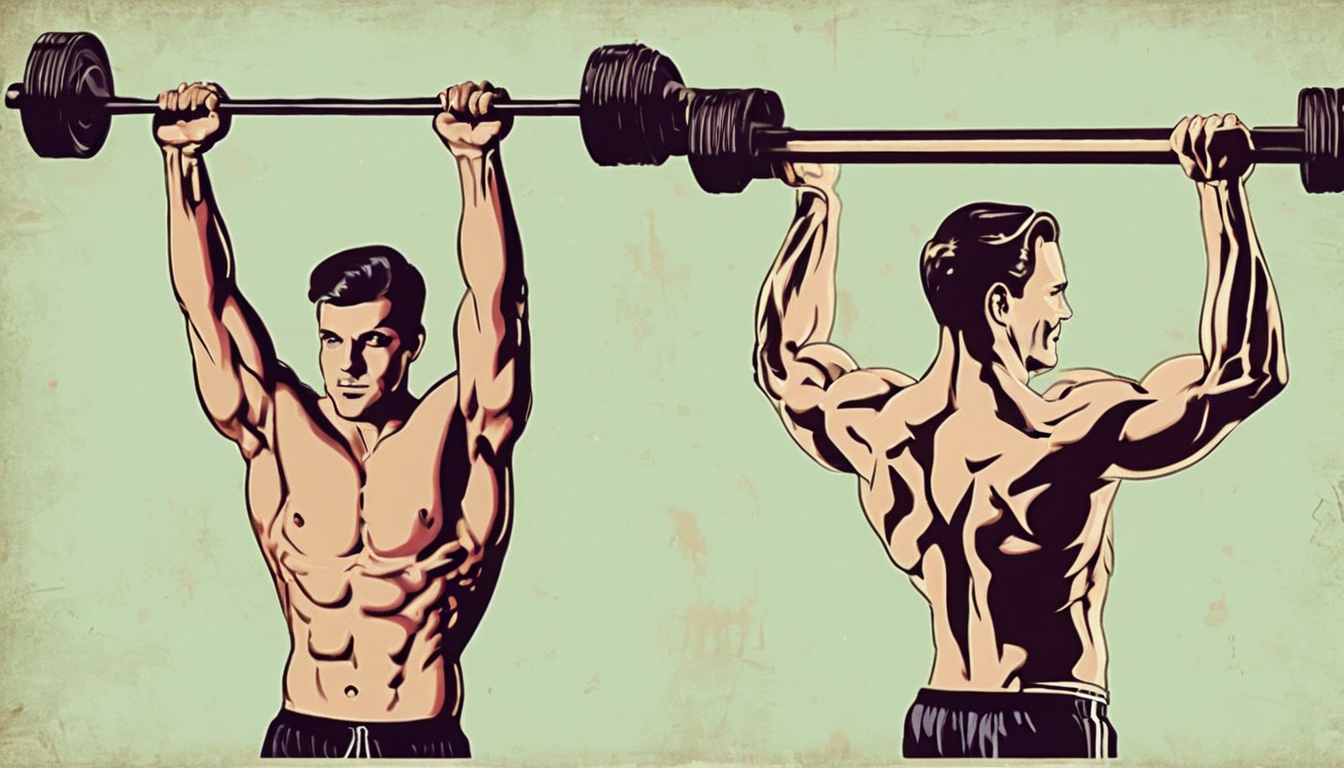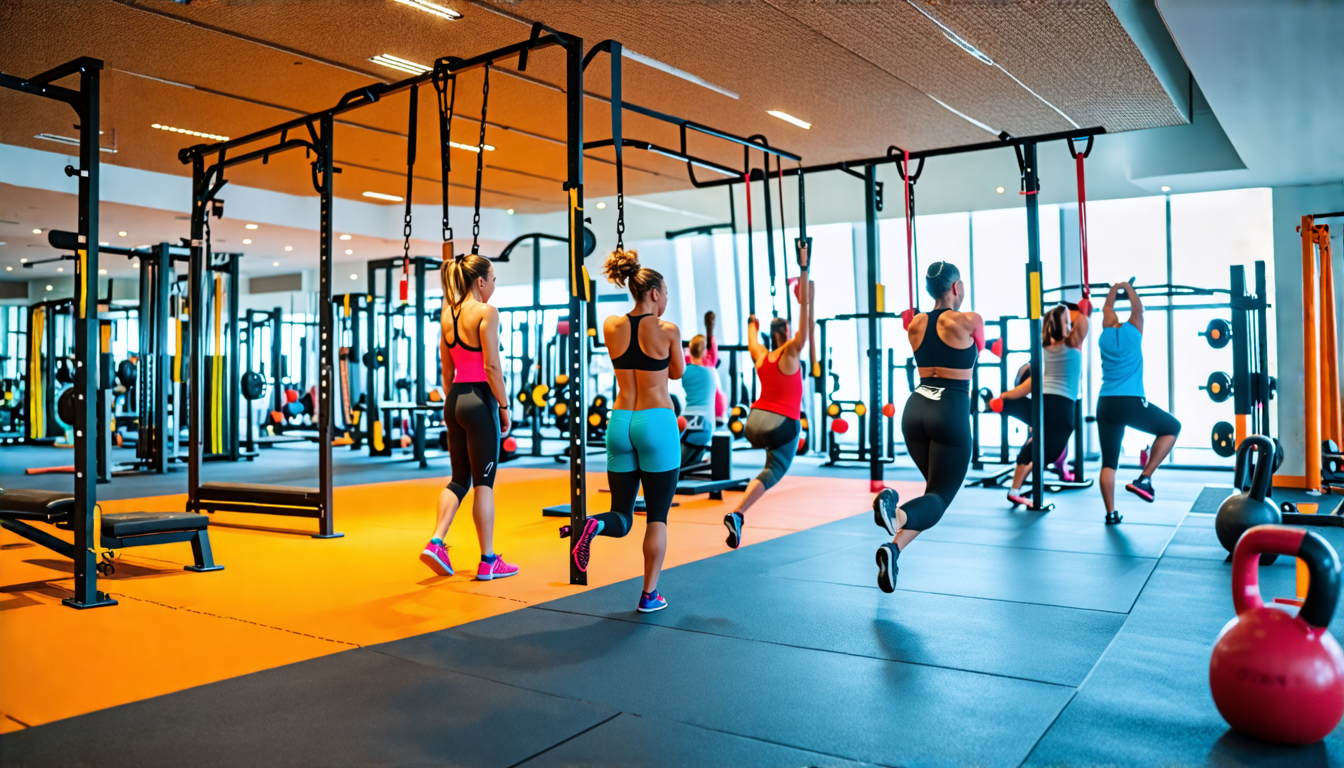
Unlock Your Potential: A Guide to Combining Bars with Other Equipment
Moving beyond isolated exercises is key to unlocking the true power of your home or gym workout. By creatively combining bars with other equipment, you can build functional strength, save time, and smash through frustrating plateaus. This guide will show you how.
The “Why”: Benefits of Combining Bars with Other Equipment
Maximize Functional Strength and Stability
Using a bar with unstable surfaces, like a stability ball or suspension trainer, forces your stabilizer muscles to work overtime. This builds strength that directly translates to better performance in sports and everyday activities, making you more resilient and powerful.
Break Through Strength Plateaus
When progress stalls, introducing new variables like bands or chains challenges your muscles in novel ways. This “shock to the system” is a proven method for sparking new muscle growth and adaptation, getting you back on the path to gains.
Space and Budget Efficiency
You don’t need a warehouse full of machines. A single bar and a few key accessories can create hundreds of exercise variations, making this the ultimate approach for the space-conscious or budget-minded fitness enthusiast.
Powerful Equipment Combinations & How to Use Them
Barbell + Resistance Bands
Pain Point Solved: Overcoming “sticking points” in heavy lifts like the bench press or squat, where you’re weakest at the bottom of the movement.
How-To: Loop bands over the ends of the barbell and anchor them to the floor or the rack. For squats and bench presses, the band provides the least resistance at the bottom and the most at the top, matching your strength curve.
Something Unique: The “Sling Shot” is a specialized piece of equipment that uses this same principle of variable resistance. It’s famously used by powerlifters to safely train with heavy weights through injuries and to push past their raw maxes by overloading the top portion of the bench press.
Pull-Up Bar + Suspension Trainer (TRX)
Pain Point Solved: A pull-up bar alone lacks horizontal pulling and deep core exercises. This combination creates a complete upper-body and core workout station.
How-To: Hang your suspension trainer from the pull-up bar. Use the bar for vertical pulls (pull-ups) and the TRX for horizontal pulls (rows), core work (fallouts, pikes), and even chest presses.
Something Unique: You can create a brutal “super set” station without moving an inch. Perform a set of strict pull-ups, then immediately drop into a set of TRX bodyweight rows. This back-to-back combination torches your entire back musculature for time-efficient growth.
EZ-Bar or Straight Bar + Weight Plates/Bench
Pain Point Solved: Limited exercise variety with a fixed-weight bar or basic bench setup.
How-To: Use a landmine attachment (or simply jam one end of a barbell into a corner) for unique movements like landmine presses and T-bar rows. Combine the bar with a bench for exercises like floor presses or barbell hip thrusts.
Something Unique: The “Landmine” setup is one of the most versatile and joint-friendly methods for combining a bar with simple equipment. The fixed, arc-like path of movement reduces shear stress on the shoulders and spine, making it excellent for people with joint concerns while still allowing for heavy, effective training.
Olympic Bar + Plyo Box/Jump Rope
Pain Point Solved: Creating dynamic, high-intensity workouts that build explosive power and elite-level conditioning simultaneously.
How-To: Perform barbell complexes (a sequence of exercises like Power Clean + Front Squat + Push Press done back-to-back without dropping the bar), then immediately move to a set of box jumps or a intense interval of jump rope double-unders.
Something Unique: This combination is the foundational template for CrossFit-style workouts. The philosophy is to develop broad, general, and inclusive fitness by constantly varying functional movements performed at high intensity, making you proficient across multiple fitness domains.
Comparison: Which Bar is Best for Combining?
| Equipment | Best For Combining With | Primary Use Case | Limitations |
|---|---|---|---|
| Olympic Barbell | Power Racks, Bands, Chains, Bumper Plates | Heavy, ground-based compound lifts (squats, deadlifts). Ideal for accommodating resistance training. | Requires significant space; not ideal for small home gyms. |
| Fixed Barbell (EZ-Curl/Standard) | Benches, Dumbbells, Bodyweight Exercises | Accessory work (curls, triceps extensions), hip thrusts, and smaller-space workouts. | Limited load capacity; fixed grip options can be restrictive. |
| Pull-Up Bar | Suspension Trainers, Gymnastics Rings, Resistance Bands | Building vertical pulling strength and creating a versatile bodyweight station. | Limited to upper body and core; installation integrity is critical for safety. |
Common Mistakes to Avoid When Combining Equipment
Compromising Form for Complexity
Never add bands, instability, or complexity to a movement until you have mastered the basic exercise with the bar alone. Poor form under load is the fastest route to injury.
Using Unstable or Improper Anchors
Avoid hanging suspension trainers from flimsy doorway pull-up bars or jamming barbells into drywall corners without protection. Always ensure your anchors are rated for the dynamic and static loads you will apply.
Ignoring the Learning Curve
New combinations will feel awkward and uncoordinated at first. This is normal. Start with very light weight or just your bodyweight to focus on mastering the movement pattern and control before adding intensity.
Frequently Asked Questions (FAQs) About Combining Bars with Other Equipment
Is it safe to hang a suspension trainer from my doorway pull-up bar?
Answer: It depends entirely on the quality and installation of your pull-up bar. Most basic, pressure-mounted doorway models are not rated for the dynamic, off-center loads a suspension trainer creates. It is significantly safer to hang them from a bar mounted directly into wall studs or a solid power rack.
Can I combine a barbell with resistance bands if I don’t have special anchors?
Answer: Yes, you can! For deadlifts, you can securely anchor bands under your feet. For bench presses, you can loop the band around the barbell and then under the bench itself, using the bench’s weight as an anchor. Always double-check that the band is secure and won’t slip or snap loose during the movement.
What is the single most versatile piece of equipment to pair with a basic pull-up bar?
Answer: A set of gymnastics rings. While a suspension trainer is a close second, rings are arguably more versatile. This one addition unlocks not only rows and core exercises but also ring dips, push-ups, muscle-up transitions, and a vast array of advanced gymnastic strength movements, effectively giving you a complete strength training station.
I only have an EZ-curl bar and some dumbbells. What can I do?
Answer: You can create highly effective workouts! For example, perform a set of EZ-bar bent-over rows for your back, then immediately superset them with dumbbell reverse lunges for your legs. You can also use the EZ-bar for floor presses while holding the dumbbells in a neutral grip for a unique pressing variation that challenges stability.
Conclusion: Mastering the art of combining bars with other equipment is a game-changer. It fosters creativity, maximizes your results from limited gear, and transforms a simple setup into a powerful, versatile training arsenal. Start with one safe combination, master it, and continue to explore the possibilities.
